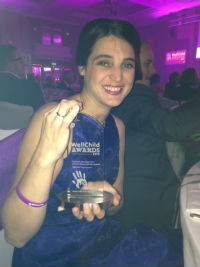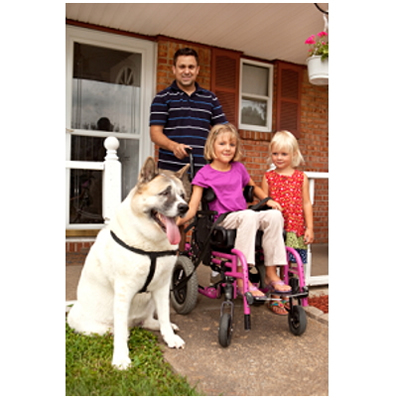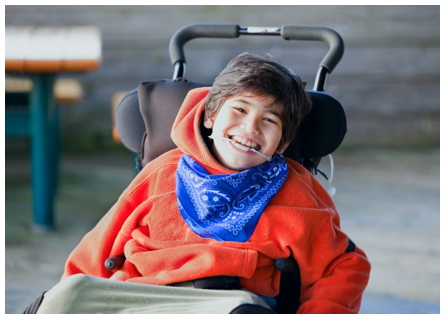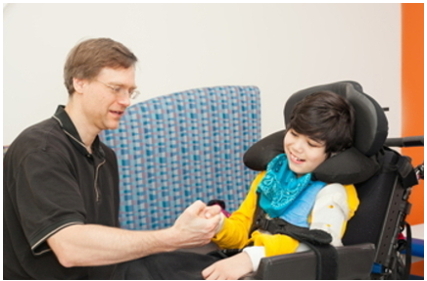Non-malignant Life Limiting Diseases course for Medical Doctors



This session covers the broad range of non-malignant life limiting conditions and how they affect patients and the people who care for them.
Learning Objectives
By the end of this session you will be able to:
- Describe the range of diagnostic groups of non-malignant life limiting diseases
- Explain the challenges to diagnosis and prognosis that these diseases represent, especially in children
- Outline the need for anticipatory treatment to pre-empt foreseeable developments in these conditions over time
- Explain key ethical issues surrounding the treatment of these conditions
This session covers the broad range of non-malignant life limiting conditions and how they affect patients and the people who care for them.
Sarah is a paediatric consultant working in shared care oncology, which introduced her to the important work to be done in palliative care. For the last 3 years she has also been working for the local children's hospice, providing symptom management and end of life care.


Laura Roe is a general paediatric consultant with a special interest in oncology and paediatric palliative care working at the University Hospitals of North Midlands NHS Trust and the Donna Louise Children’s Hospice.
Hannah received a MBBS Guy's, King's and St Thomas' Medical School, London 2005. She also has a MRCPCH and MSc (Child Health) 2016.
She is currently a Consultant/Community Paediatrics at Coventry and Warwickshire Partnership Trust.

- Anaesthesia Fundamentals | Physiology | Transfusio...
- Posted By eIntegrity Healthcare e-Learning
- Posted Date: 2024-11-13
- Location:Online
- This session describes the immediate, early and late complications of transfusion, as well as the complications of massive blood transfusion.
- Anaesthesia Fundamentals | Physiology | Transfusio...
- Posted By eIntegrity Healthcare e-Learning
- Posted Date: 2024-11-13
- Location:Online
- This session covers the immunology of transfusion, focusing on the most clinically-significant red blood cell antigen systems, ABO and Rhesus. Affiliated antibody systems and compatibility between individuals with these blood groups will also be described
- Anaesthesia Fundamentals | Physiology | Red Blood ...
- Posted By eIntegrity Healthcare e-Learning
- Posted Date: 2024-11-13
- Location:Online
- This session covers the structure and function of the erythrocyte, focusing on the biochemistry and physiology of normal haemoglobin. It will also describe the pathophysiology of the haemoglobinopathies and thalassaemias.
- Anaesthesia Fundamentals | Physiology | Metabolic ...
- Posted By eIntegrity Healthcare e-Learning
- Posted Date: 2024-11-13
- Location:Online
- This session provides an overview of the basic metabolic pathways and metabolic reactions. It also explains how the body produces and stores energy obtained from the main fuel sources — carbohydrates, proteins and fats.
- Anaesthesia Fundamentals | Physiology | Physiology...
- Posted By eIntegrity Healthcare e-Learning
- Posted Date: 2024-11-13
- Location:Online
- This session describes the physiology of nausea and vomiting. Topics covered include swallowing reflex, barrier pressure, agonist/receptor systems, afferent and efferent pathways and causes and consequences of postoperative nausea and vomiting.







